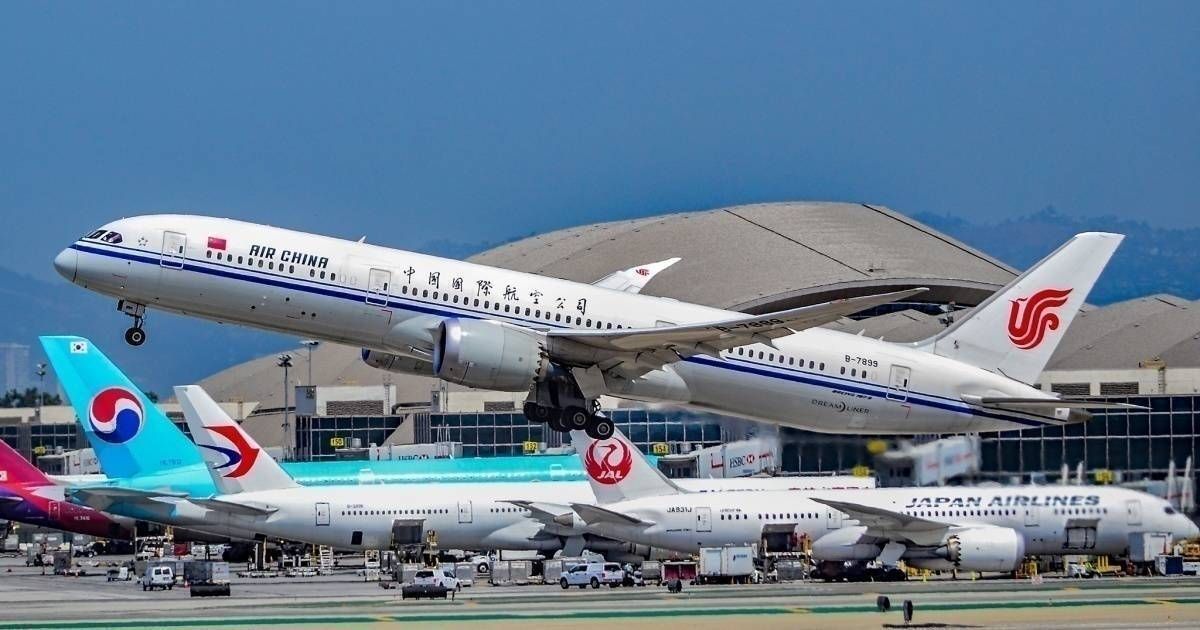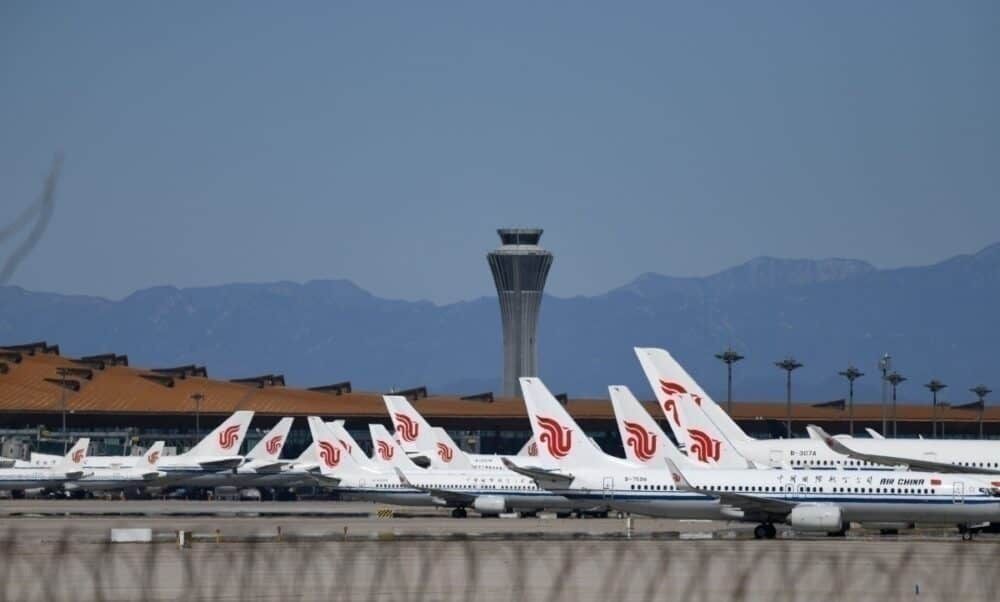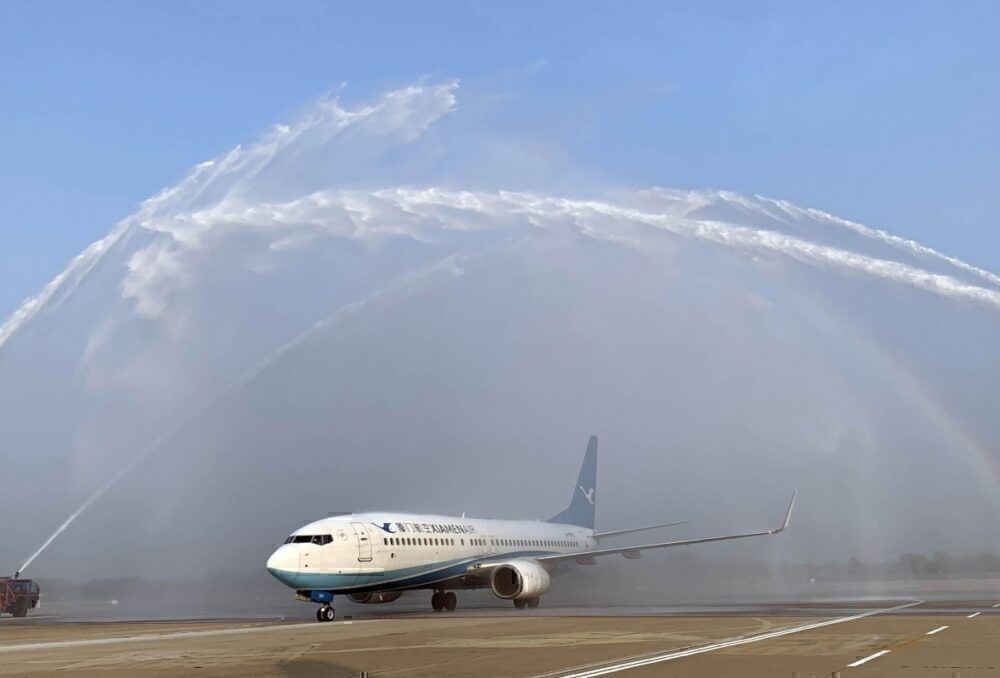As China slowly returns to normalcy, the world is closely watching to see how the aviation industry recovers there. The country did see a sharp uptick in passenger traffic once lockdown restrictions were eased in late February, but this has since plateaued. How is China's passenger traffic recovering and what does it mean for the rest of the world? Let's find out.
A slow path to recovery
China saw demand for travel begin to recover as the rate of infections slowed down in the country in early March. At first, it saw a surge of passenger traffic as travelers booked flights to return home or for work. This sudden demand even led to a 150% rise in fares temporarily. However, this rebound did not last long.
China has returned to about 42% of its pre-coronavirus flight capacity as of this week. However, passenger traffic stands at only 29%, showing that airlines are struggling to fill seats. Passenger figures have risen by 7.9% between March and April 21st, showing that while recovery is underway, progress is slow.
The reason passenger traffic remains low is because of the absence of a key group of travelers: tourists. Currently, passenger traffic is led by business travelers and those visiting friends and family. Fears about the coronavirus have kept tourists away from booking flights, even as airlines drop fares to lure customers. Non-essential travel will likely take a while before returning to anything close to previous levels.
Safety remains the top priority
While domestic flights have reopened, there are restrictions on who can travel. In order to travel, residents must have a green health code on an app on their phones. Those with a yellow or red code have to remain in isolation or quarantine. The code is determined by a person's travel history and contact with those with the virus. While data on this is sparse, many are not be able to travel due to their health status.
In early April, Wuhan, the capital of the Hubei province and the center of the outbreak, reopened its airport after 76 days to much fanfare. With Hubei province now out of lockdown, nearly all of China is accessible by flights once again. The reopening of Wuhan airport can also be seen as the first step in the aviation industry's recovery.
Overall
While passenger traffic does continue to slowly rise, the recovery is a far cry from the instant rebound many were hoping for. In a report by IATA, 40% of travelers would like to wait at least six months after the pandemic before traveling. If these figures do hold true, it will likely be months before we see traffic even get close to previous levels. The sluggish recovery also means we could see a slew of airline mergers in China.
China's coronavirus recovery is teaching us that travel remains essential to many and demand still exists for the large part. However, expectations need to be realistic as passengers still remain concerned and avoid non-essential travel.



